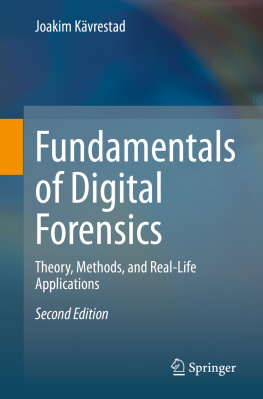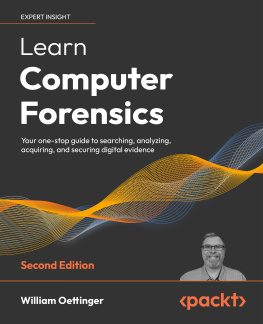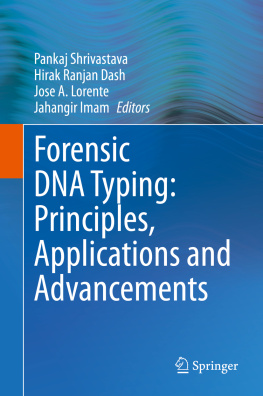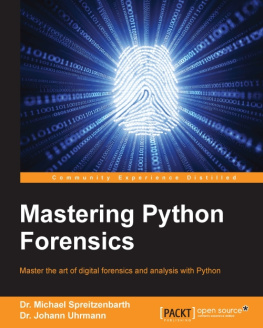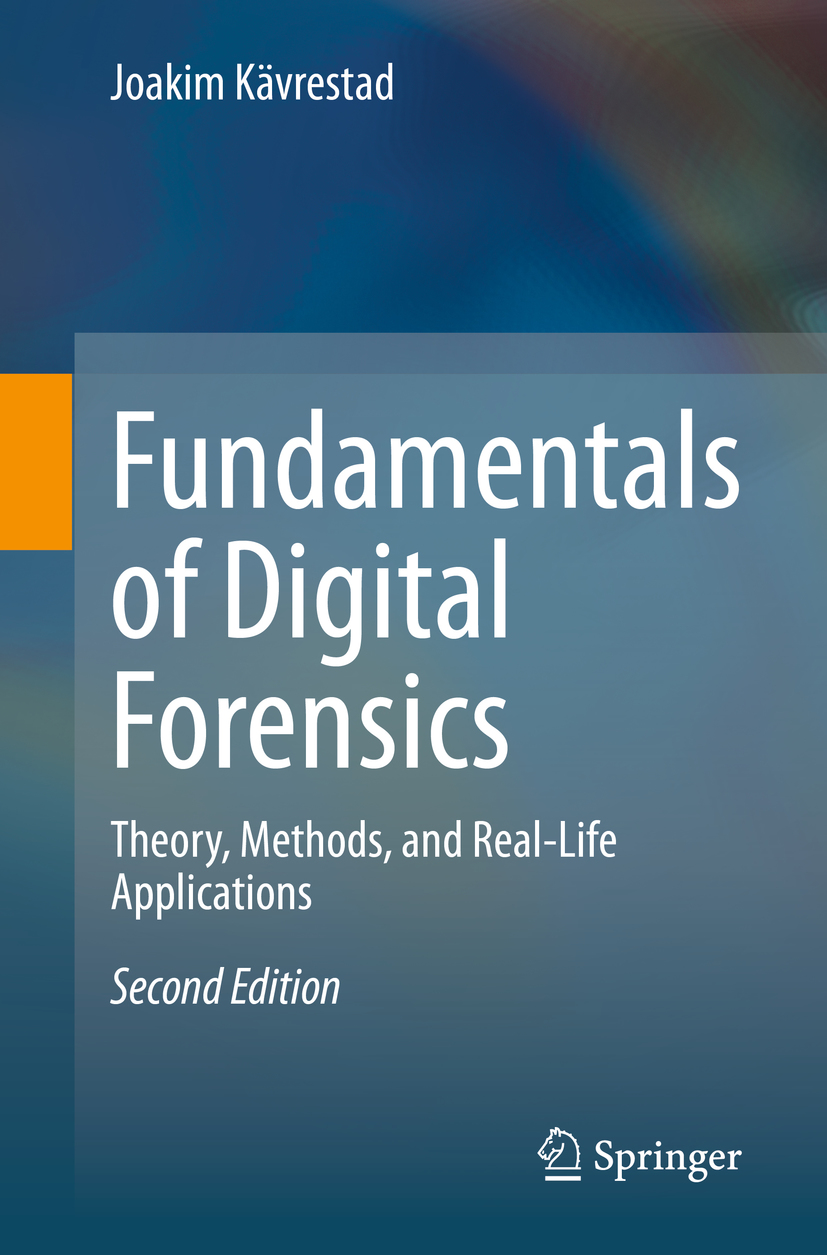Joakim Kävrestad - Fundamentals of Digital Forensics: Theory, Methods, and Real-Life Applications
Here you can read online Joakim Kävrestad - Fundamentals of Digital Forensics: Theory, Methods, and Real-Life Applications full text of the book (entire story) in english for free. Download pdf and epub, get meaning, cover and reviews about this ebook. year: 2020, publisher: Springer, genre: Computer. Description of the work, (preface) as well as reviews are available. Best literature library LitArk.com created for fans of good reading and offers a wide selection of genres:
Romance novel
Science fiction
Adventure
Detective
Science
History
Home and family
Prose
Art
Politics
Computer
Non-fiction
Religion
Business
Children
Humor
Choose a favorite category and find really read worthwhile books. Enjoy immersion in the world of imagination, feel the emotions of the characters or learn something new for yourself, make an fascinating discovery.
- Book:Fundamentals of Digital Forensics: Theory, Methods, and Real-Life Applications
- Author:
- Publisher:Springer
- Genre:
- Year:2020
- Rating:3 / 5
- Favourites:Add to favourites
- Your mark:
Fundamentals of Digital Forensics: Theory, Methods, and Real-Life Applications: summary, description and annotation
We offer to read an annotation, description, summary or preface (depends on what the author of the book "Fundamentals of Digital Forensics: Theory, Methods, and Real-Life Applications" wrote himself). If you haven't found the necessary information about the book — write in the comments, we will try to find it.
This practical and accessible textbook/reference describes the theory and methodology of digital forensic examinations, presenting examples developed in collaboration with police authorities to ensure relevance to real-world practice. The coverage includes discussions on forensic artifacts and constraints, as well as forensic tools used for law enforcement and in the corporate sector. Emphasis is placed on reinforcing sound forensic thinking, and gaining experience in common tasks through hands-on exercises.
This enhanced second edition has been expanded with new material on incident response tasks and computer memory analysis.
Topics and features:
- Outlines what computer forensics is, and what it can do, as well as what its limitations are
- Discusses both the theoretical foundations and the fundamentals of forensic methodology
- Reviews broad principles that are applicable worldwide
- Explains how to find and interpret several important artifacts
- Describes free and open source software tools, along with the AccessData Forensic Toolkit
- Features exercises and review questions throughout, with solutions provided in the appendices
- Includes numerous practical examples, and provides supporting video lectures online
This easy-to-follow primer is an essential resource for students of computer forensics, and will also serve as a valuable reference for practitioners seeking instruction on performing forensic examinations.
Joakim Kvrestad is a lecturer and researcher at the University of Skvde, Sweden, and an AccessData Certified Examiner. He also serves as a forensic consultant, with several years of experience as a forensic expert with the Swedish police.
Joakim Kävrestad: author's other books
Who wrote Fundamentals of Digital Forensics: Theory, Methods, and Real-Life Applications? Find out the surname, the name of the author of the book and a list of all author's works by series.

